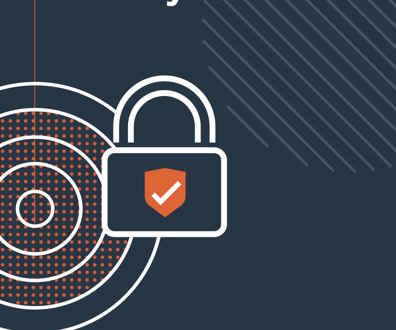
Looking at data on employee engagement will be one way to measure progress. ImageDB / Getty Images
OPM to Agencies: Set Up ‘Success Metrics’ to Show How You're Building Stronger Workforces
The federal government’s HR agency is taking a data-driven approach to advancing the workforce portions of the Biden administration’s management agenda.
The Office of Personnel Management last week instructed agencies to take a series of actions so that officials can better measure the federal government’s progress on the Biden administration’s goal of strengthening and empowering the federal workforce.
That priority was the first listed in President Biden’s management agenda, released last year, and includes goals like improving employee engagement; strengthening the hiring process and improving hiring in mission critical areas; and promoting diversity, equity, inclusion and accessibility.
In new guidance issued last week, OPM Director Kiran Ahuja, Defense Deputy Secretary Kathleen Hicks and Labor Deputy Secretary Julie Su instructed federal agencies to take several actions that use a data-based approach to tackling these issues and measuring their progress.
“[President’s Management Council] members should ensure their agencies track progress on each of the below success metrics identified for these four target outcomes, as they develop and execute agency actions—and participate in interagency efforts—to advance the strategies and goals of the PMA workforce priority,” they wrote. “PMC members, supported by the [chief human capital officers], and in collaboration with broader agency leadership teams, should work to set ambitious yet achievable multi-year goals for their agencies as it relates to these success metrics.”
On improving employee engagement via the Federal Employee Viewpoint Survey, agencies are tasked with identifying one of the three Employee Engagement Index subfactors—Supervisors, Leaders Lead or Intrinsic Work Experience—or at least three questions within each subfactor, as well as an employee group whose FEVS results lag behind the rest of the agency, and improve their scores on the subfactor or questions by 20% by the end of 2024.
The memo also highlights some ways that agencies can improve employee engagement once they’ve selected their target area of focus.
“Agencies and leadership are encouraged to communicate directly, as appropriate, with their workforce about how agencies are responding to employee feedback, reflected in the OPM FEVS [engagement index] scores, to increase equitable employee engagement,” it stated.
The administration urged agencies to make better use of a survey that can be distributed to hiring managers at the end of the federal hiring process to measure their satisfaction with the process to improve data collection on the subject. At some agencies, human resources specialists must send the survey to a hiring manager after each individual hiring action, although OPM is working on a way to automate the process.
“[Agencies should] encourage hiring managers to complete the survey through communications that include an explanation of how the results will be used—a proven technique for improving survey completion,” the memo states. “[They should] continue analyzing the results to determine challenges and opportunities in the hiring process and implement strategies to improve hiring manager experience and satisfaction.”
The officials also outlined a new process for agencies, in coordination with OPM, to track their hiring and staffing goals on a quarterly basis throughout the year, which they said will allow a easier data collection process and more easily find problems and successful innovations.
“In fiscal 2023, OPM will work with the talent acquisition systems to receive hiring data directly from the [talent acquisition system] with the goal of eliminating agency data calls,” they wrote. “OPM will be able to monitor agencies’ progress to meet their hiring targets by receiving hiring data from talent acquisition systems on a quarterly basis, thus eliminating burden on agencies to manually pull and submit data . . . OPM will analyze agency and government-wide gaps and successes and, where feasible and appropriate, share aggregate, synthesized data at CHCO Council meetings. OPM can provide support to agencies that need help in meeting hiring targets.”
The memo also highlights OPM’s plans for how agencies can make use of the new elements of the Federal Employee Viewpoint Survey that focus on diversity, equity, inclusion and accessibility. The officials tasked organizations with analyzing DEIA results, engaging in employee input via focus groups or other small group discussions, and integrating FEVS results into their diversity strategic plans.
“Employees should continue to respond to the OPM FEVS according to standard processes, and agencies should encourage uptake of the survey,” the officials wrote. “With these new additions, agencies will be better positioned to focus on continuous improvement by using DEIA measure to identify an opportunity and develop a plan for change, analyze the results of the change, and determine its impact.”







